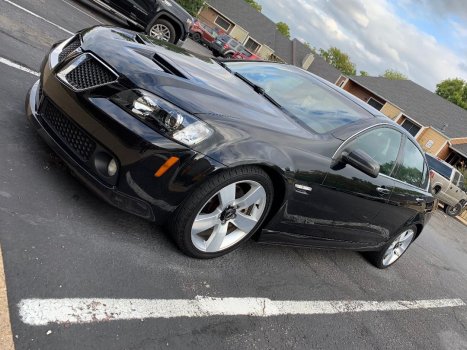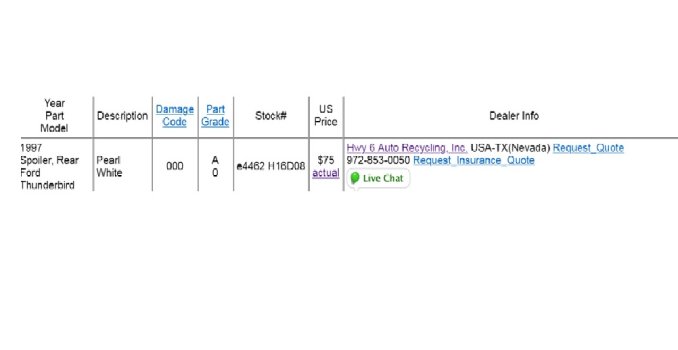Sure. I was rather referring to your "everyday" collision as well as to the design in general.
In most modern cars, the lower seat belt anchor is mounted to the seat, so that it's as low and as close to your body as possible.
The sleeve around our belts goes mostly straight up, then the belt exits the sleeve sideways toward your hip. This adds slack to the belt.
Imagine the route the belt would take without the sleeve, i.e., directly from the lower anchor to your hip.
I realize that slack translates to a few inches of additional movement at most, but that could be significant in a collision.
I also realize that these cars were crash tested in their day, and I'm not trying to outsmart the engineers who designed this, but this feature seems to prioritize rear seat access (by folding the sleeve backwards) with at best no benefit to safety and at worst a slight detriment to safety.
With my Challenger seat belt guides, the rear seat access aspect is moot. The very rare occasion anyone sits there, they just step through under the belt. So with that aspect gone, I was questioning the point of those sleeves.











